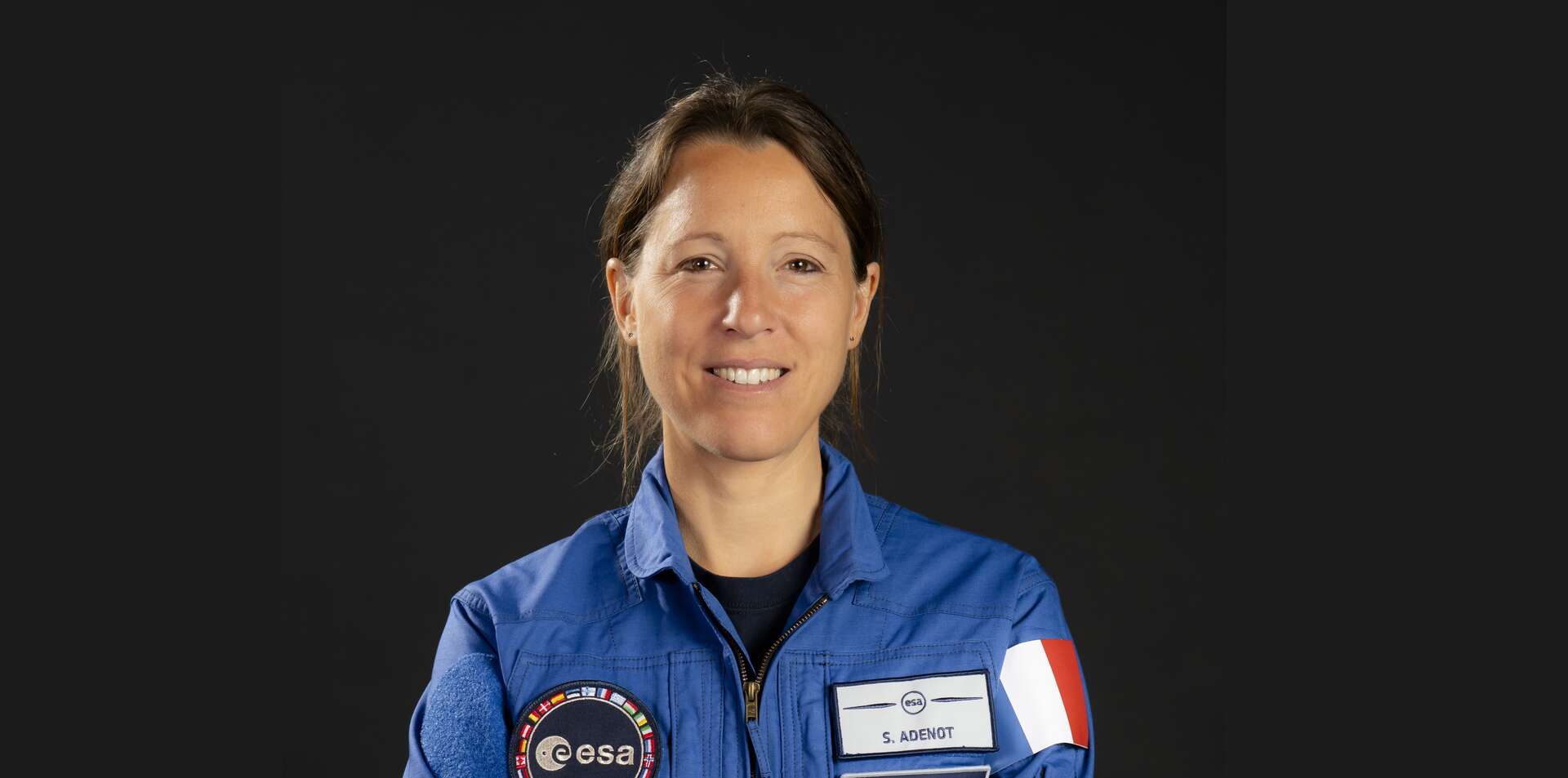Scientists have discovered a new species of mosasaur, a marine lizard from the age of the dinosaurs, with strange, grooved teeth unlike those of any known reptile. Combined with other recent discoveries in Africa, this indicates that mosasaurs and other marine reptiles were evolving rapidly even 66 million years ago when an asteroid wiped them out along with the dinosaurs and about 90% of all species on Earth.
new species Stelladens mysteriosusIt comes from the Upper Cretaceous in Morocco and was twice the size of a dolphin.
It had a unique tooth arrangement with blade-like edges hanging over the teeth, arranged in a star shape, reminiscent of a Phillips screwdriver.
Most mosasaurs had two blade-like serrated edges on the front and back of the tooth to help cut prey, however stladens Between four and six of these blades are flush against the tooth.
“It’s a surprise,” said Dr Nick Longrich of the University of Bath’s Milner Center for Evolution, who led the study. “It’s not like any mosasaur, or any reptile, even any vertebrate we’ve seen before.”
“I’ve worked on Mosasaurus in Morocco for over 20 years, and I’ve never seen anything like it before – I was baffled, amazed. Amazed!” said Dr. Nathalie Bardet, a specialist in marine reptiles at the Museum of Natural History in Paris.
Many of the teeth were found with the same shape indicating that their strange shape was not the result of pathology or mutation.
Single teeth indicate a specialized feeding strategy or specialized diet, but it is unclear exactly what stladens food.
Dr Longrich said: “We have no idea what this animal ate, because we know of nothing similar alive today or from the fossil record.
It could have found a unique way of feeding, or it could have been filling an ecological niche that doesn’t exist today. The teeth look like the tip of a Phillips screwdriver, or perhaps a hex wrench.
“So what does he eat?” Phillips screws? Ikea furniture? who knows ? »
The teeth were small, but sturdy and had wear on the tips, which would seem to rule out soft-bodied prey. However, the teeth were not strong enough to crush heavily armored animals such as clams or sea urchins.
“This might seem to indicate that it’s eating something small and lightly supported — thin-skinned ammonites, crustaceans, or bony fish — but it’s hard to tell,” Longrich said. “There were strange animals living in the Cretaceous period — ammonites, belemnites, bacolites — that no longer exist. This mosasaur probably ate something and occupied a place, and it simply doesn’t exist anymore, and that could explain why we don’t see anything. Like him again.
“Evolution is not always predictable. Sometimes it goes in a unique direction, something that has never been seen before evolves, and then it never evolves again.”
Mosasaurs lived alongside dinosaurs but were not dinosaurs. Instead, they were giant lizards, relatives of Komodo dragons, snakes and iguanas, adapted to life at sea.
Mosasaurus evolved about 100 million years ago and diversified until 66 million years ago when a giant asteroid struck Mexico’s Yucatan Peninsula, plunging the world into darkness.
Although scientists have debated the role of environmental changes near the end of the Cretaceous period in the extinction, stladensPlus, recent finds from Morocco indicate that Mosasaurs evolved rapidly to the brim—they peaked out, rather than disappearing.
The new study shows that even after years of work in Morocco’s Cretaceous period, new species keep being discovered. The reason may be that most species are rare.
The study authors predict that in a highly diverse ecosystem, it could take decades to find all of the rare species.
“We’re not even close to finding everything in this family,” Longrich said. “This is the third new species to appear this year alone. The amount of diversity at the end of the Cretaceous period is simply amazing.”
Noureddine Jalil, a professor at the Museum of Natural History and researcher at Cadi Ayyad University in Morocco, said: “The animals produced an incredible number of surprises: a mosasaur with jagged teeth, a turtle with a tuba-shaped nose, many vertebrates of different shapes and sizes, and now a mosasaur with teeth.” star shaped.
They look like the works of an artist with wild imagination.
“The sites of Morocco provide an unparalleled picture of the amazing biodiversity before the Great Crisis at the end of the Cretaceous period.”

“Hardcore beer fanatic. Falls down a lot. Professional coffee fan. Music ninja.”



:format(url)/cloudfront-us-east-1.images.arcpublishing.com/lescoopsdelinformation/6EMKJVECS5DDBDHWA56Y3BNEKM.jpeg)



More Stories
A very simple tip for better brainstorming
How to install Windows 11 on an incompatible PC, and fix your Galaxy with green line for free, here's the summary
The ability of tardigrades to tolerate radiation is better understood